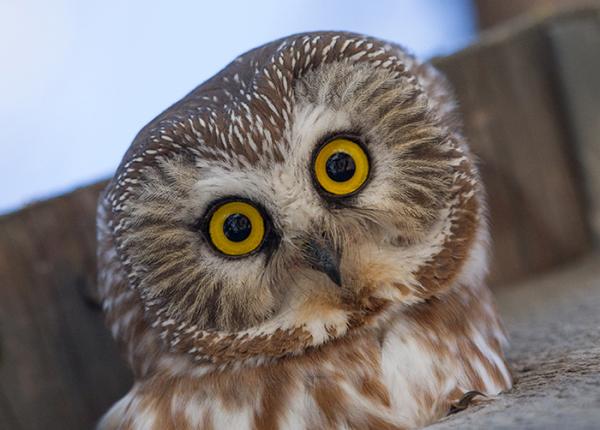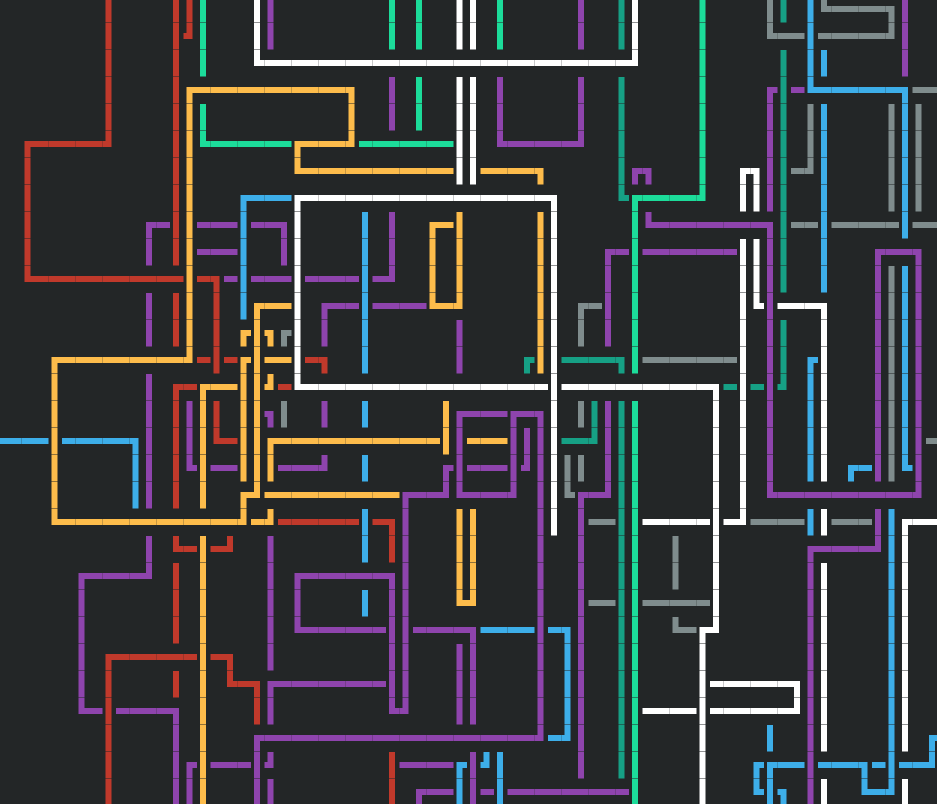From Weekly Times
A biological rodent control initiative founded by a Sunshine Coast local was crowned this year’s winner of The Hatch: Taronga Accelerator Program, taking home a massive cash prize.
Biological rodent control initiative Owls Eat Rats was crowned this year’s winner of The Hatch: Taronga Accelerator Program, taking home a massive $50,000 cash prize.
Founded by Sunshine Coast local Alastair Duncan, Owls Eat Rats is a landscape-level initiative that supports barn owl populations as a natural, long-term solution for rodent control in agriculture.
Through the installation of nesting boxes, hunting roosts and ecological monitoring, Owls Eat Rats promotes “the return and ongoing presence of these native predators in farming landscapes as an alternative solution to rodenticide”.
Mr Duncan said many farmers were forced to use environmentally damaging poisons for rodent-control because they can’t access other options.
“The most widely used are anticoagulant rodenticides that are really harmful to the environment and not great for our food,” Mr Duncan said.
Australia’s rats have also developed a “genetic resistance” to many chemicals used by farmers, Mr Duncan said.
“They’ve got this genetic immunity to these really toxic poisons, so the only response is to double down on more poisons,” he said.
“So the efficacy is dropping but the concentration of these chemicals in our wildlife is going up.”
As an alternative, Mr Duncan’s initiative builds “beautiful, safe habitats” that draw owls to farmland.
“They [control rodent populations] the natural way and it’s a year-round protection,” he said.
On Wednesday, June 25, Mr Duncan was one of nine founders of six start-ups who went head-to-head in a competitive pitch event held at Taronga Zoo in Sydney.
After what Mr Duncan called “a privilege and fantastic opportunity to engage with like minded change-makers,” in the program, Owls Eat Rats was awarded the grant.
“Winning is mind-blowing and the money is huge, but the actual program itself was amazing,” Mr Duncan said.
“We came in with this beautiful idea and some great research, but we walked away with all these amazing contacts and a 12-month plan for how to bring this idea forward.
“Even if we didn’t win the prize, we would be so well placed for what comes next.”
Taronga Conservation Society Australia chief executive officer, Cameron Kerr AO said he was “incredibly impressed” by the calibre of this year’s Hatch cohort, especially Owls Eat Rats.
“Each of the start-up founders offered thoughtful and practical solutions to some of the most urgent environmental challenges,” he said.
“We’re excited to see where [Owls Eat Rats] goes next, and we’re immensely grateful to our donors for backing early-stage ideas like this.
“With their continued support, we can help turn groundbreaking thinking into lasting environmental impact."
I wonder if it would help with the rabbits, too.
I think an adult would be too big for a Barny, but that doesn’t necessarily take all rabbits off the table.
It does look like this area of Queensland has Powerful Owls, but most things I quickly searched said rabbits were too small for them to bother with. I want to say there’s got to be some owl that would eat them, but I guess the lack of things that do is sort of the problem… 🤔
I’m pretty Aussie-ignorant. Every time I think I understand something there, it’s bigger/smaller or has the same name as an European/American animal but is a completely different thing there, like magpies and possums. I just post these articles and hope actual Aussies chime in!
American barn owls (aka Tyto furcata) can eat baby bunnies, which does help control populations:
[1] https://www.allaboutbirds.org/guide/American_Barn_Owl/lifehistory
That was what I was hinting at. Many things in nature do appreciate a nice unattended baby… 🥺
Dingoes.
Our Skogkatt ate teen rabbits regularly. She would bring them into the house so we gave her a “murder mat” that was for that purpose (smart cat, didn’t need training and immediately started using it).
She had a hip problem so didn’t bother with birds, and we let her roam the “farm”. The rabbits she mostly ate at home were nearly full grown eastern cottontails.
One day she brought in and ate two smaller 5-week old or so teens, side by side. Always ate everything but the kidneys and maybe a foot or nose. She also ate the giant dock rats that show up sometimes around the chickens.
Scary little ambush predator. Owls are just as impressive.
Barn Owls and lots of other big claw birds around here thrive on the naturalized cottontails. But they are mostly part of the ecology that eats smaller things like voles or snakes.
That’s one hungry kitty!
I had to look it up, it’s a Norwegian Forest Cat here, which looks to be exactly what Skogkatt means. I’ve only seen one and it was the most distinct looking cat I’ve ever seen. Its facial structure is so unique! I really wanted one for a while and never came across one again, so I just cat-sat my neighbor’s Maine Coon while she traveled. 😁
We had a regular tabby that was outdoors originally and it brought home a big chunk of pheasant one day and we always wondered if he killed it or just found it.
This is great. Putting animals to work and they even get paid!
Sorry, I can’t tell if this is sarcastic or not. But even if one is against using animals for labor, I would think this should still be seen as a net positive.
Each installation is tailored to the site.
We design, install, and monitor purpose-built habitat to support on-farm predators, and specifically owls.
This includes nesting boxes, hunting roosts, ground rodent surveys and wildlife cameras to track activity and impact over time.
We use field data and ecological understanding to give owls the best chance to return, breed and establish long-term.
Our mission is to get the conditions right. After that, the owls take it from there.
There aren’t any owls being supplied to anyone. They do species surveys and make sure properties are free from poison, including surrounding properties since owls don’t understand property lines. If the land can support owls, they build nesting sites, which are not always readily available, as owls don’t build their own nests. They also make sure the area is set up properly for the style of hunting Barn Owls do.
Basically, they are setting up farms to be appealing to owls that are in the area so they move there. They’re not moving owls, selling owls, or what have you, they want to restore what should be existing biodiversity and reducing the use of indiscriminate poisons that kill many types of unintended animals. Modern rodent poisons, SGARs (Second-Generation Anticoagulant Rodenticides), don’t metabolize, so they accumulate in the bodies of things that eat rodents, like cats, dogs, and birds of prey. While one poisoned mouse may not kill them, since it remains in their system, eating multiple ones will eventually kill them. For things like birds that bring them back to their nests to share, 2 generations of birds can be lost at once.
While some areas are working to soft ban SGARs, actions like this can help with pest management while not destroying other animals unintentionally and bring balance back to local ecosystems.
It was a joke. The owls are getting paid in food for their service.
Ah, good! We don’t really get antagonistic types in this community, but if it was, I’d rather use it for a teaching moment.
I see a number of these programs popping up around the world, especially with Barn Owls. Greece just hosted a Project Tyto conference that was made of a few nations working together to spread this type of program.
Owls pretty much eat and sleep, so they need safe food and a place to nap and have babies!
Those like-minded owls are change-makers :)
Glad to see that weird subplot from Futurama (where the rats in NYC are replaced by owls) is off to a good start.
I was so thrilled this year when I started in Old New York and first thing when I went out in the morning, I heard the glorious hooting of a Great Horned Owl even there!
If I was a rat I’d be in favor of this as well. Gives you a fighting chance to stay alive, and the death is far better overall than some of the poisons out there that are horrific in what they do to the rat, slowly.
I’ve seen what it does to the birds, and I’m sure it’s equally as unpleasant to the ratties. I like the rodents too, but I know we need to keep them away from our food and they should be dealt with humanely or naturally.
We’re exterminator owls.
I like that better than owl exterminators, even if it was still a funny bit. 😁






